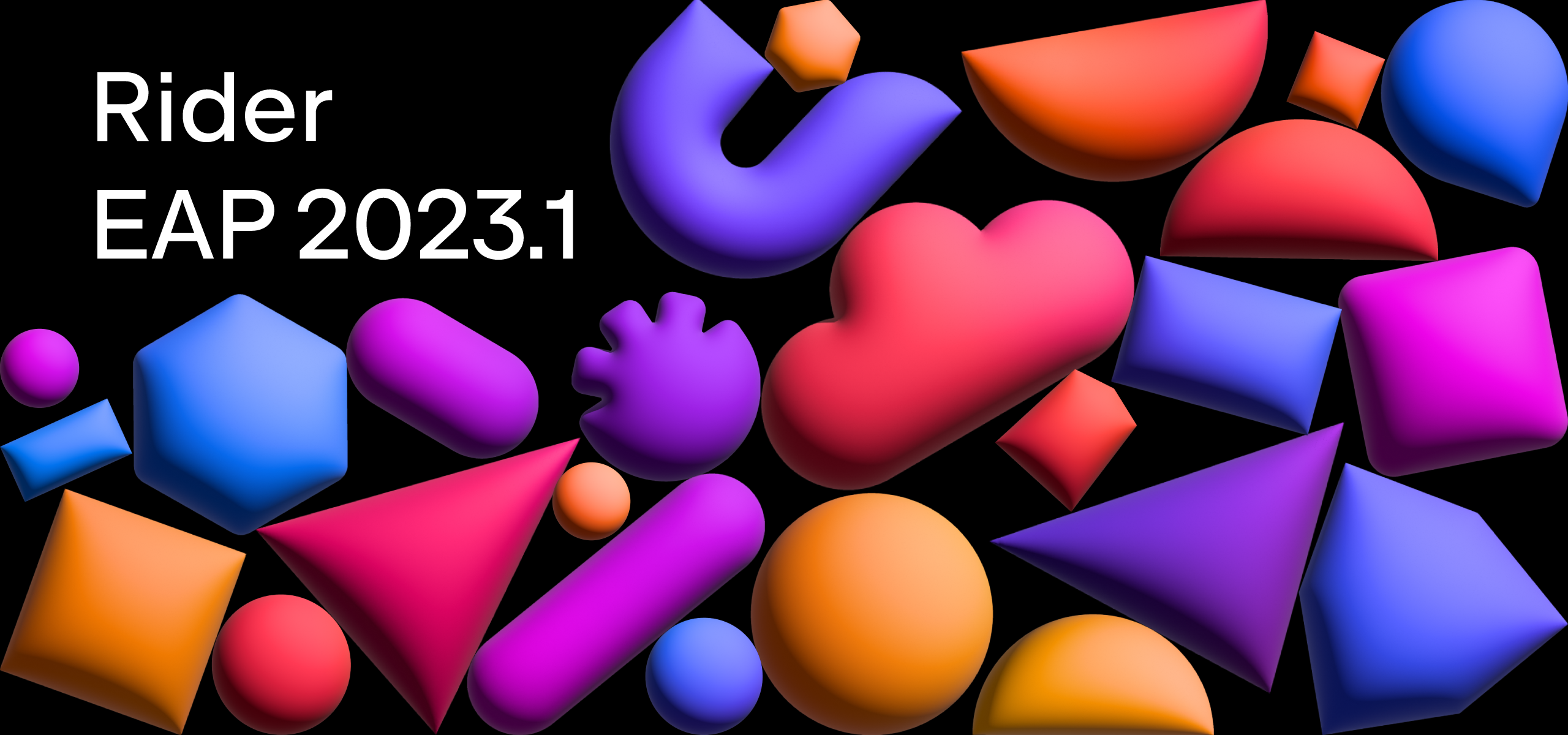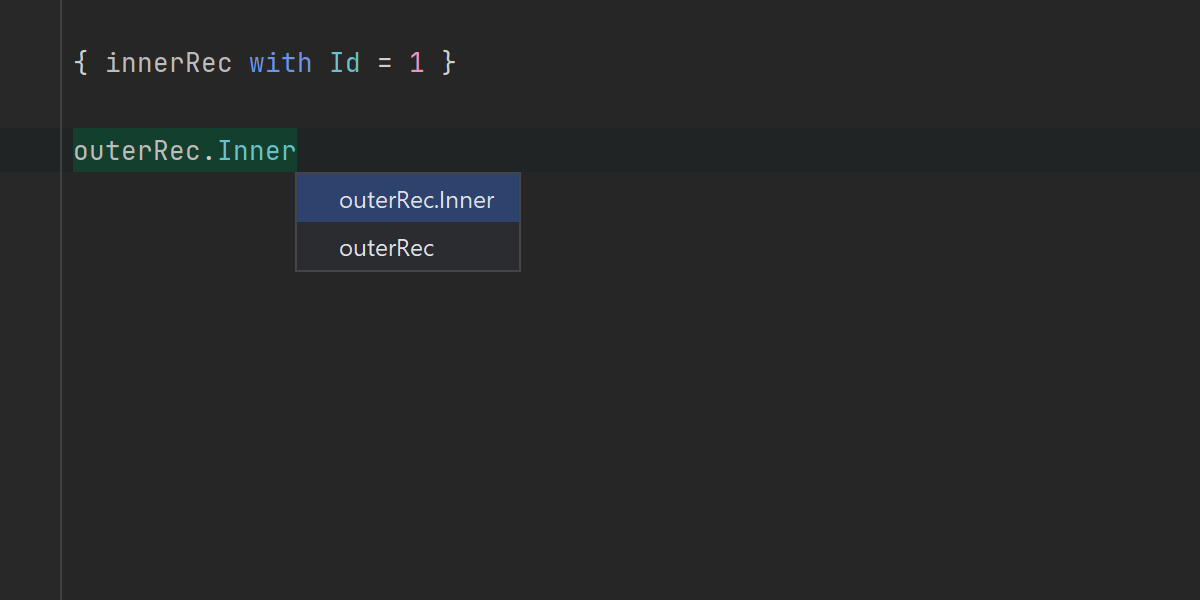.NET Tools
Essential productivity kit for .NET and game developers
Rider 2023.1 EAP 7 Comes With Support for Unity DOTS, a VCS Widget for Perforce, and More
The new EAP build for Rider 2023.1 has just become available for download!
Let’s have a look at what’s inside:

Unity
DOTS support
Data Oriented Tech Stack (DOTS) is a major architectural change for Unity, moving it from object-oriented to data-oriented design. Traditional Unity architecture uses object hierarchies with attached components, which can be easy to understand but often hinders performance. DOTS stores data as contiguous vectors, enabling systems to work with data structures in a CPU-friendly manner. This approach leads to improved performance, particularly for larger and more complex projects.
As part of the upcoming release, we’re adding support for Unity’s DOTS, confirming Rider’s reputation as the most innovative IDE for game development.
Starting with Rider 2023.1 EAP 7, you can take advantage of the following new features:
- New file templates.
- Code Vision for DOTS types.
- Auto-generation of boilerplate code.
- Inspections and quick fixes to help you write and update codebases to work in the new DOTS style.
Read this blog post to learn all about Rider’s support for Unity DOTS.
More Unity features
Debugging on Android devices via USB with adb
When developing games for Android, it’s often necessary to debug the game on a physical Android device to ensure it works correctly. One way of doing this is through a USB using the Android Debug Bridge (adb) – a command-line tool included in the Android SDK.
Rider now lets you debug Unity projects deployed to an Android device via a USB connection using adb. You can find the full instructions on how to do this in the Rider documentation.
Temporary run configurations for attached players
Rider 2023.1 now creates temporary run configurations when debugging players via the Attach to Unity Process dialog. Entries selected from the dialog are automatically converted into temporary run configurations for easy reattachment. This works with all supported players, including desktop, mobile devices, consoles, and USB devices (iOS or Android).
Unreal Engine
Rider now offers a built-in UInterface live template for Unreal Engine solutions. Similar to the existing UCLASS, USTRUCT, and UENUM live templates, UInterface lets you quickly add a new interface class that follows the Unreal Engine conventions, saving you the time and effort of creating it manually.
You can review and edit the complete list of available Unreal Engine live templates by going to Settings/Preferences | Editor | Live Templates | C++.
VCS widget for Perforce
Rider’s integration with Perforce has just received a major upgrade with the addition of Perforce to the Version Control Systems (VCS) widget. The VCS widget for Perforce is available in both the current and new UI, providing quick access to essential actions such as Commit, Revert, and Update Project. It also indicates the current workspace and displays the status of your connection.
To add Perforce to the VCS widget, you must first enable version control integration for Perforce by going to VCS | Enable Version Control Integration | Perforce.
Once that’s done, you can finish the setup by filling out the Config Settings in Settings/Preferences | Version Control | Perforce.
Debugging Blazor projects
Rider 2023.1 EAP 7 introduces a host of fixes to the Blazor WASM debugging experience.
The following are some key updates:
- There is the ability to view fields and properties for the current this object.
- You now get hints with evaluated values when hovering over identifiers.
- Inline debugger-evaluated data appears as inlay hints on the right-hand side of a line.
- The Run to cursor (Ctrl+F10) action is now available for Blazor WASM debugging.
- The last tab to open during a debugging session is automatically selected for attachment, eliminating the need to select the target web page in a popup.
F# support
Code completion
We’ve introduced new postfix templates match, for, and with to help you write required boilerplate code.

Language injections for regular expressions
We’ve added support for regular expressions in string literals in F# (with significant help from Saul Rennison). When passing string parameters annotated with [RegexPatternAttribute] or [StringSyntax(StringSyntaxAttribute.Regex)], or if there is a comment //language=regex next to a string literal, Rider now processes strings as regular expressions, highlighting the syntax and errors, offering auto-completion.
For the full list of resolved issues, please refer to our issue tracker.
That’s it for now!
Please share your opinion on Rider’s latest EAP builds in the comments below or on social media.
Subscribe to a monthly digest curated from the .NET Tools blog:












